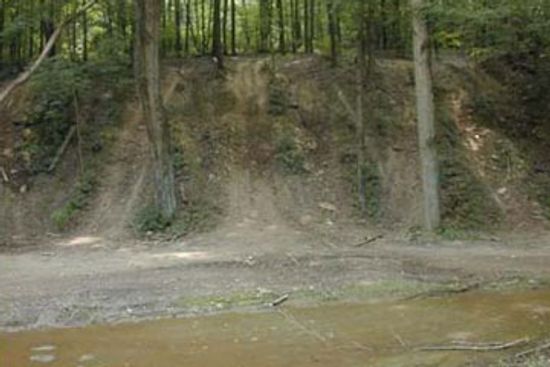Advertisement
Advertisement
Outdoor activities such as biking, climbing and hiking keep you active during the warmer months. Learn more about snow sports like bobsledding and the Iditarod to keep you moving this winter.
Exploring the Magnificence of Koko Crater: A Grueling Yet Rewarding Hike
FIND OUT MOREThe Ultimate Guide to Hiking Emerald Lake in Rocky Mountain National Park
FIND OUT MOREThe Longest Walk in the World Traverses 16 Countries
FIND OUT MOREWhat Are the World's Highest Mountains, After Everest?
FIND OUT MORESurvival stories thrill us with details about people in danger making it out alive. Learn how to find true north, how to survive a shipwreck and how to treat frostbite.
Travel destinations are the stuff of daydreams and memories. Discover the many options available such as adventure travel, city guides and family vacations.



